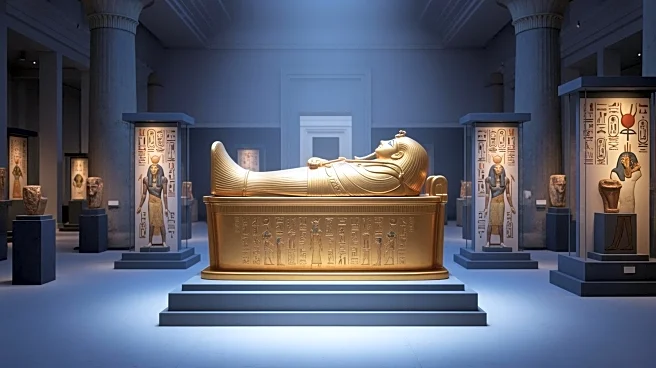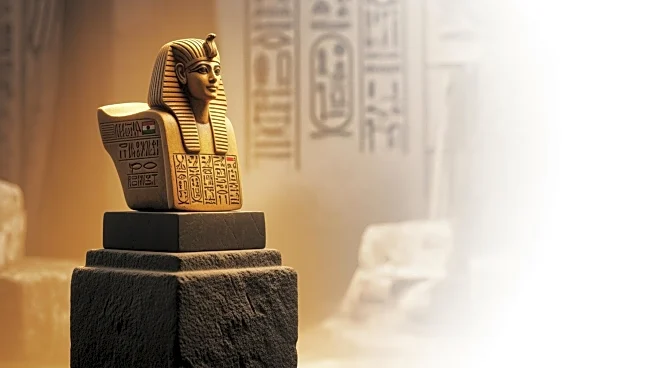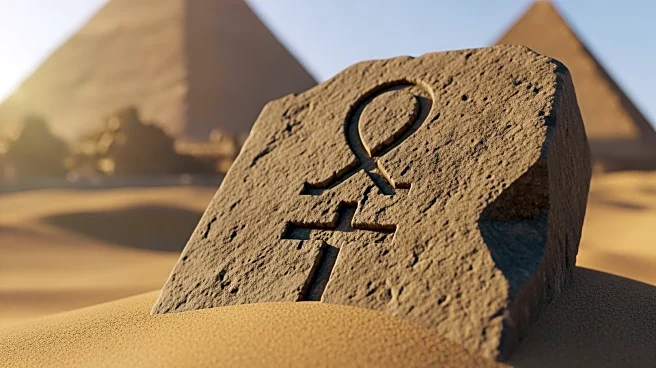What's Happening?
Researchers have successfully rediscovered a long-lost Babylonian hymn from around 1000 BCE using artificial intelligence. Professor Enrique Jiménez of LMU, in collaboration with the University of Baghdad,
identified the text and linked it to 30 additional manuscripts. The hymn praises Babylon's beauty, prosperity, and inclusivity, providing insights into the lives of its inhabitants, including women's roles in priestly duties. The discovery was made possible through the Electronic Babylonian Library Platform, which digitally archives cuneiform fragments from around the world. AI technology helped match pieces that belong together, allowing for the reconstruction of the hymn, which was widely known in its time.
Why It's Important?
The rediscovery of the Babylonian hymn offers valuable insights into ancient Mesopotamian culture and society, highlighting aspects such as women's roles and the city's inclusivity. It enriches our understanding of historical literature and the cultural heritage of Babylon, a city that was once a center of scholarship and civilization. The use of AI in historical research demonstrates the potential of technology to uncover and preserve ancient texts, contributing to the study of human history and cultural evolution. This discovery may inspire further research into ancient civilizations and the application of AI in historical preservation.
What's Next?
The collaboration between LMU and the University of Baghdad is expected to continue, with efforts to decipher and preserve more cuneiform tablets from the Sippar Library. The use of AI in historical research may expand, leading to more discoveries and reconstructions of ancient texts. Scholars and historians may explore the implications of the hymn's content, particularly its portrayal of women's roles and societal values, in the context of Mesopotamian history. The findings could influence future studies on ancient civilizations and the integration of technology in historical research.
Beyond the Headlines
The rediscovery of the Babylonian hymn highlights the intersection of technology and history, showcasing how modern tools can revive ancient voices and narratives. It raises questions about the preservation of cultural heritage and the role of technology in safeguarding historical artifacts. The hymn's portrayal of inclusivity and respect for foreigners offers a perspective on ancient societal values, prompting discussions on cultural diversity and historical narratives.












